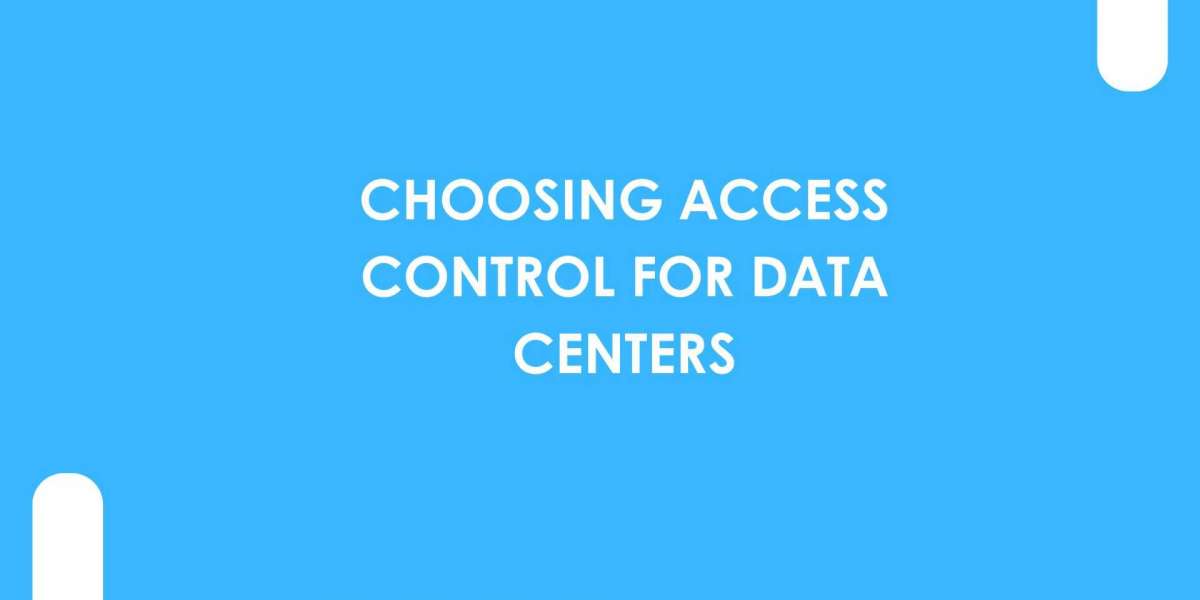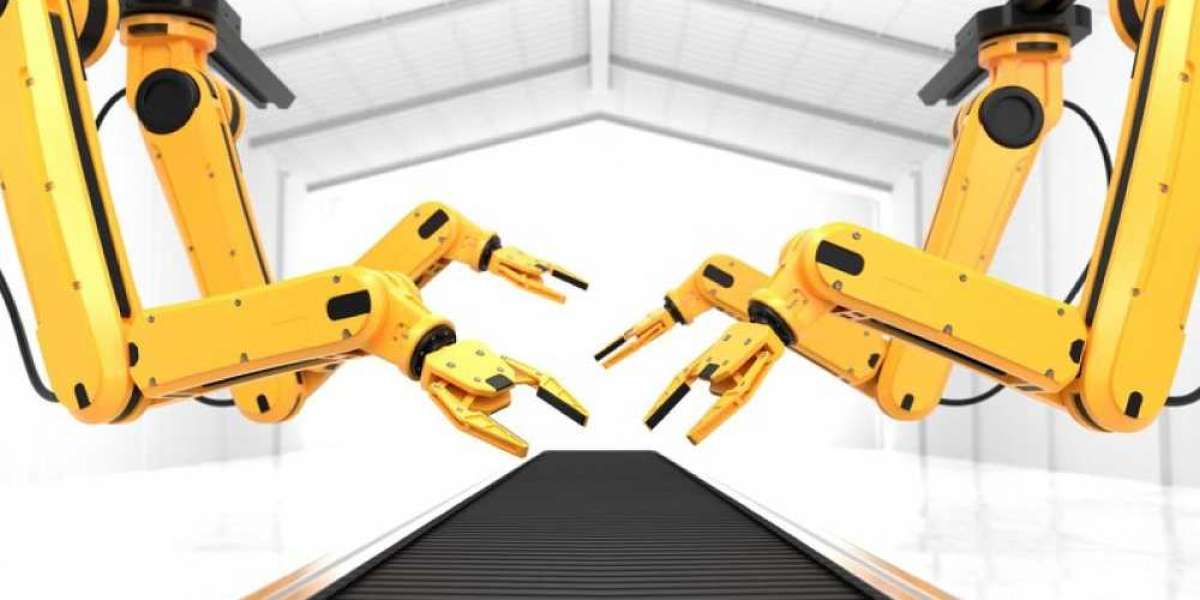Data centers are the backbone of the digital world. From hosting cloud platforms to storing critical business information, they hold sensitive assets that require the highest levels of physical and digital security. As the need for secure and reliable infrastructure grows, so does the importance of choosing the right Access Control System. With the help of advanced platforms like XTEN-AV, professionals can design and implement secure, scalable, and efficient access control tailored for data center environments.
In this blog, we will explore the key considerations, types of access control technologies, and best practices when choosing access control for data centers.
Why Access Control Matters in Data Centers
A data center is a high-value target for both physical and cyber threats. While cybersecurity systems protect digital assets, physical access control ensures that only authorized personnel can enter restricted areas. An effective Access Control System helps prevent theft, sabotage, data breaches, and unauthorized changes to critical infrastructure.
Unlike general office spaces, data centers have multiple access layers such as facility entry, server rooms, racks, and specific zones like cooling systems or UPS rooms. Each layer requires its own level of access restriction and monitoring.
Key Features to Look for in a Data Center Access Control System
1. Multi-Layered Access Control
A single point of security is not enough for a data center. Multi-layered access ensures that only certain individuals can move through specific zones of the facility. For example, a technician may be allowed into the server hall but not into the power distribution area.
With XTEN-AV, you can visually plan and map out multiple access zones, helping you implement strict permissions based on user roles.
2. Biometric Authentication
Biometric credentials such as fingerprint, iris scan, or facial recognition provide a higher level of security than traditional cards or PINs. They ensure that access cannot be transferred, stolen, or duplicated.
For high-security areas, using multi-factor authentication that includes biometrics, smart cards, and PINs can greatly reduce the risk of unauthorized access.
3. Audit Trails and Real-Time Monitoring
Every access attempt, whether successful or denied, must be logged. Data centers need to maintain detailed records for compliance, security audits, and incident response. Logs should include timestamps, user identity, door location, and event status.
Real-time monitoring allows security teams to respond quickly to unusual access patterns or breaches. Access control systems that integrate with video surveillance can link footage to each access event for faster investigations.
4. Integration With Other Systems
A good access control system for data centers should integrate seamlessly with other security systems such as CCTV, alarm panels, fire suppression, and environmental monitoring tools. This provides a unified security view and improves response times during emergencies.
With XTEN-AV, you can design and document these integrations clearly in your system architecture, reducing confusion during deployment.
5. Remote Management and Cloud Access
In large or multi-site data centers, administrators may need to manage access from a central location. A cloud-based or remotely managed access control system allows for real-time permission changes, log reviews, and status monitoring from anywhere.
This capability also supports centralized compliance management and improves efficiency in multi-tenant data centers.
6. Customizable Access Rules
Not every staff member needs access to every area of the data center. The system should allow you to define access rules based on role, time, zone, and user group.
For instance, cleaning crews may be allowed in common areas only during non-operational hours, while network engineers can access server racks but not electrical rooms.
Popular Access Control Methods for Data Centers
1. Key Cards and Fobs
Still widely used, RFID cards and key fobs offer convenience and easy management. However, they can be lost, stolen, or shared, making them less secure on their own. They are best used in combination with PINs or biometric data for higher-risk areas.
2. PIN Pads
PIN-based access is another common method, especially for inner doors. PINs can be assigned to individuals or groups and changed as needed. However, they are vulnerable to being guessed or shared if not managed carefully.
3. Biometric Scanners
These are ideal for mission-critical areas such as server rooms or main racks. Biometric systems verify identity through fingerprint, face, or iris scans. They offer strong security and eliminate the risk of shared credentials.
4. Mobile Credentials
Many modern systems allow users to unlock doors using smartphone apps, Bluetooth, or NFC. This is a flexible and scalable option, especially for temporary staff or rotating access needs. Mobile credentials are also easier to manage and update remotely.
5. Mantraps and Airlocks
Some high-security data centers use mantraps or airlocks to control entry. These are small chambers between two locked doors. The person must authenticate to open the first door, enter the space, and re-authenticate to open the second door. This prevents tailgating and ensures only one person enters at a time.
Best Practices When Choosing an Access Control System
1. Conduct a Risk Assessment
Before choosing an access control system, perform a full risk assessment of the data center. Identify critical areas, possible vulnerabilities, and compliance requirements. This helps you select the right technologies and policies.
2. Design for Scalability
Data centers grow. Your access control system should support future expansion, whether that means new zones, more users, or additional buildings. Choose a system that allows easy upgrades without replacing the core infrastructure.
3. Ensure Compliance
Many industries have strict standards for data protection, such as HIPAA, PCI DSS, and ISO 27001. The access control system must support compliance by maintaining accurate logs, reporting, and access restrictions.
4. Train Your Staff
Even the best access system can fail if staff do not understand how to use it. Conduct regular training sessions and enforce security protocols. Teach employees the importance of never sharing credentials and reporting suspicious behavior.
5. Use a Professional Design Platform
Working with tools like XTEN-AV ensures that your access control system is planned with precision. You can map out device locations, integrations, cabling, and user flows in a detailed visual layout that simplifies installation and maintenance.
Conclusion
Choosing the right Access Control System for a data center is not just a technical decision. It is a critical step in protecting the core of your business operations. A well-planned access control system ensures only the right people have access to sensitive equipment and data, and it provides the tools needed to monitor, manage, and scale security effectively.
With platforms like XTEN-AV, AV professionals and security integrators can streamline the process of designing, deploying, and maintaining robust access control solutions that meet both operational and regulatory demands.
In an age where data is power, protecting it with the right physical security is more important than ever. Access control is no longer optional. It is a fundamental pillar of data center integrity.
Read more: https://avsyncstudio.wordpress.com/2025/07/18/designing-intelligent-access-control-systems-with-ai/








